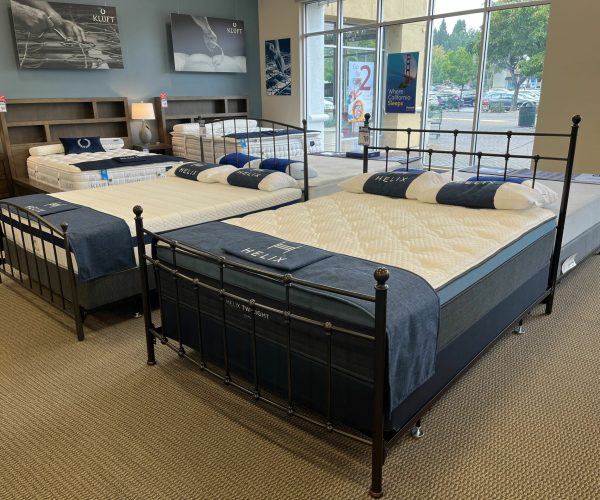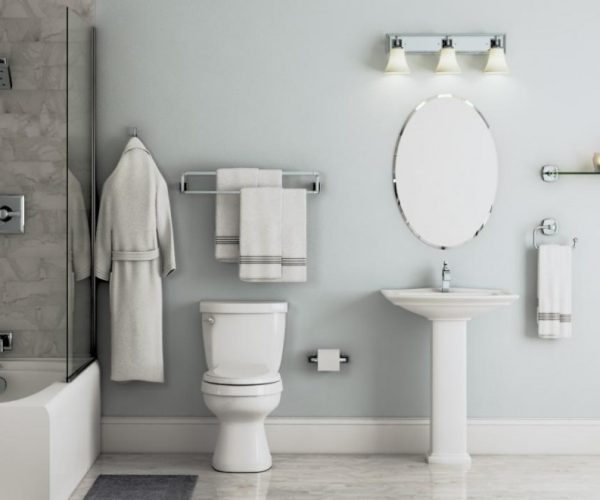Sleeping on quality bedding is essential for your health. The choice of a mattress adapted to its morphology or a fragile back is, therefore, a real investment form and well-being. Discover the different selection criteria, and above all, try the bed before buying! Visit Paul’s Home Fashions to get better deal at curtains and beddings.

Home and support of the mattress
The comfort and quality of the mattress are based on two elements.
The reception, that is to say, the first sensation that you feel while lying on the bed. The thicker the filling layer, the softer the mattress. The flexibility of the reception also depends on the nature of the surface filling: wool, cotton, silk, foam…
The support corresponds to the degree of firmness of the bed and ensures the maintenance of the spine, according to your morphology. The heavier the sleeper, the firmer the mattress must be. Conversely, a light person should favor a mid-firm comfort because a mattress too hard will not hold all parts of his body properly. Go to Paul’s Home Fashions to get better deal at curtains and beddings.
To sleep well, prefer a mattress with a soft welcome and firm support. If the mattress is too hard, alignment of the spine is not assured and pressure points may appear at the shoulders and pelvis. These can alter the flow of blood and promote the development of tingling. The mattress too soft, meanwhile, does not support enough body and hinders changes of position during sleep.
Combine bed and mattress
The bed frame acts as a shock absorber. If the mattress supports two-thirds of the effort imposed on the bedding by the weight and movements of the sleeper, the bed frame receives the remaining third. It must be firm and perfectly flat to support the mattress. The bed base prolongs the life of the mattress, promotes its good ventilation and therefore the hygiene of the bedding. Warning: the conservation of an old box spring under a new mattress can lead to faster degradation of the latter. So you have to buy and change these two elements at the same time.
The bed base is the base of the back support. Support should be firmer to the shoulders, chest, pelvis, and buttocks; more flexible to the head and lumbar.
Which length? What width?
Your size determines the length of bedding to choose: it should be greater than your height by about 20 cm (opt for 200 cm if you measure more than 1.75 m).
Your body size defines the minimum width of your bedding (140, 160 or 180 cm). The ideal for a couple is to choose a wide model (at least 160 x 200 cm or 180 x 200 cm) for greater freedom of movement and comfort



